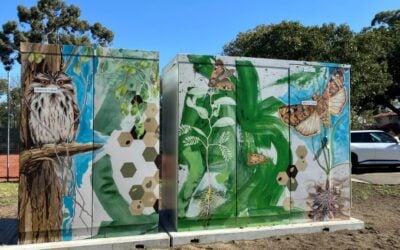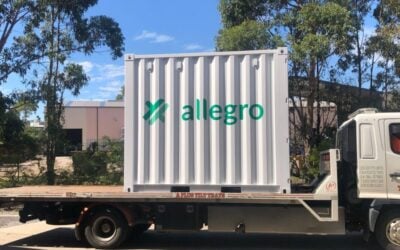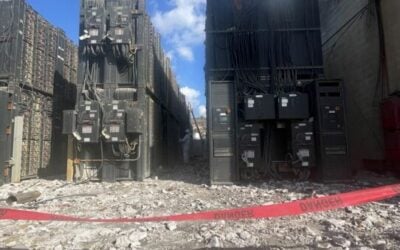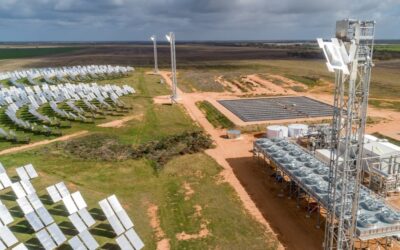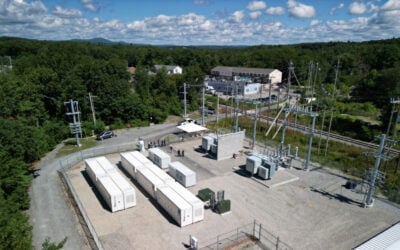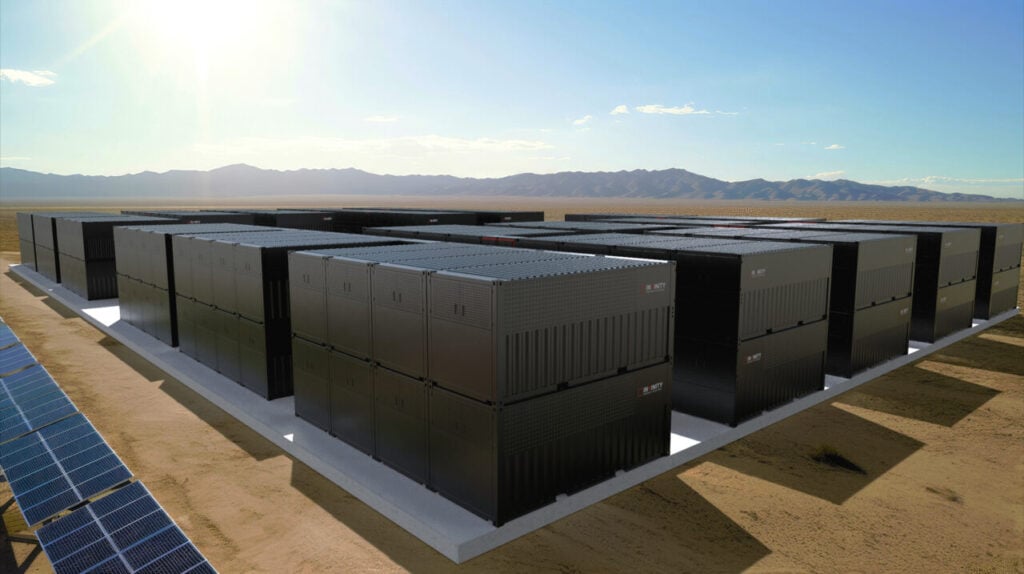
New vanadium redox flow battery (VRFB) technology from Invinity Energy Systems makes it possible for renewables to replace conventional generation on the grid 24/7, the company has claimed.
Anglo-American flow battery company Invinity launched its new product, Endurium, today. It follows around three years of R&D, testing, and prototyping, during which Invinity has partnered with Siemens Gamesa on technology development.
Enjoy 12 months of exclusive analysis
- Regular insight and analysis of the industry’s biggest developments
- In-depth interviews with the industry’s leading figures
- Annual digital subscription to the PV Tech Power journal
- Discounts on Solar Media’s portfolio of events, in-person and virtual
Designed for high energy throughput with unlimited cycling and with at least a 50% reduction in the footprint required for installation at project sites, the company said it could cost-competitively tackle present-day energy storage markets and emerging long-duration energy storage (LDES) opportunities alike.
The London Stock Exchange-listed technology provider and manufacturer’s chief commercial officer Matt Harper and senior director for corporate affairs Joe Worthington spoke with Energy-Storage.news.
“It’s a huge step forward for us,” Harper said of Endurium’s launch.
“We have always had as sort of our North Star as a business, the desire to be able to take renewables, especially solar power, and deliver it on demand, 24/7 to replace any other form of generation on the grid.”
The capabilities an energy storage technology needs to attain that goal are a combination of long storage durations, high throughput through the battery, longevity, and “ultimately, accountable cost,” the CCO said.
While the fundamental technology, including the vanadium electrolyte chemistry, has not changed bar some incremental improvements, the partnership with renewable engineering specialists Siemens Gamesa has enabled what Harper and Worthington said are significant improvements in the system’s integration.
Invinity was formed through the merger of Canada-headquartered Avalon Battery and the UK’s redT in 2020. The company has two manufacturing and assembly facilities in Scotland, from which it is increasing production capacity to more than 500MWh of systems annually, while its annual production capacity out of Vancouver, Canada, stands at 200MWh following an expansion completed in 2023.
‘Higher throughput enables revenue stacking flexibility’
That can be seen in the footprint reduction, which Worthington said is around 50% from Invinity’s previous designs in the most conservative scenario.
While flow batteries offer the opportunity to scale up energy storage capacity simply by adding more liquid electrolyte—as opposed to lithium-ion battery energy storage systems (BESS), which require additional battery stacks and balance of plant (BOP) equipment—the higher energy density of lithium has generally made the incumbent technology a more compact proposition at project sites.
According to Harper, work done with its partner on integrating how individual battery modules interoperate and how they tie into the inverter or power conversion system (PCS), as well as the safety profile of non-flammable flow batteries, means a tighter site configuration is possible than before.
Other claimed advantages include improvements in balancing of modules, and, again, unlike lithium-ion batteries on which only estimates can be made, it is possible to accurately measure how much energy is stored at any given time.
The Invinity representatives said that while the perceived advantages of flow batteries are often considered in the context of long-duration applications, the higher throughput and continuous cycling Endurium is capable of makes it suitable for the sort of revenue stacking applications that the lithium-ion BESS market has already evolved into.
“Around the world, the applications that batteries are being asked to serve are becoming a lot more complex. People are stacking individual pieces of revenue on top of one another,” Harper said.
“What that means is that while we have a battery that fundamentally is very capable at longer duration applications, we think of that as high throughput. It doesn’t matter if you’re doing a single, 8-hour discharge a day, or if you’re doing four 2-hour discharges a day.
“In both cases, you’re taking advantage of that very high cycling capability. Being able to run the battery, effectively 24/7, in a mixed charging-discharge mode is turning out to be a huge advantage for our customers in terms of how they’re able to actually go and make money with these devices.”

